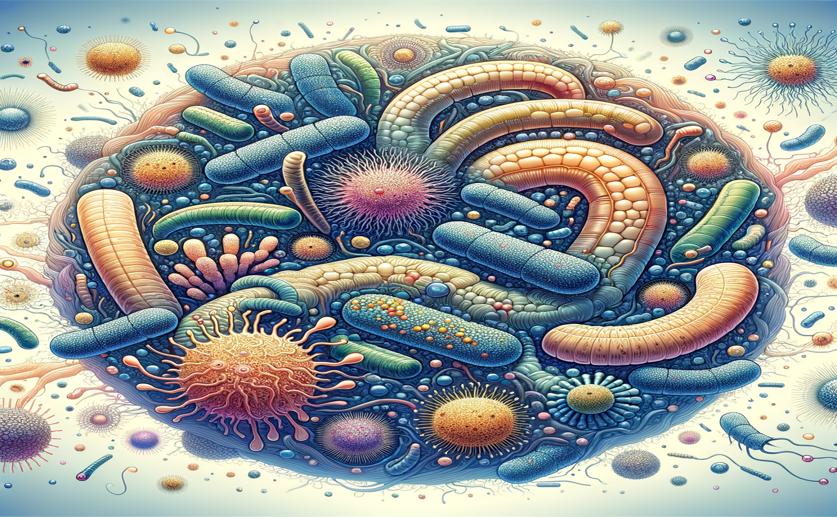
Exploring Vital Microbe Networks in Animal Digestive Systems
Greg Howard
6th May, 2024

Image Source: Natural Science News, 2024
Key Findings
- Researchers studied animal gut microbes, focusing on their complex network interactions
- They found that certain core microbes and their connections are crucial for gut function
- Diet and evolutionary history influence these microbial networks, but not uniformly across species
References
Main Study
1) Critical complex network structures in animal gastrointestinal tract microbiomes
Published 3rd May, 2024
https://doi.org/10.1186/s42523-024-00291-x
Related Studies
2) Marine mammals harbor unique microbiotas shaped by and yet distinct from the sea.
3) The hologenomic basis of speciation: gut bacteria cause hybrid lethality in the genus Nasonia.
4) Diet dominates host genotype in shaping the murine gut microbiota.



 27th April, 2024 | Jenn Hoskins
27th April, 2024 | Jenn Hoskins